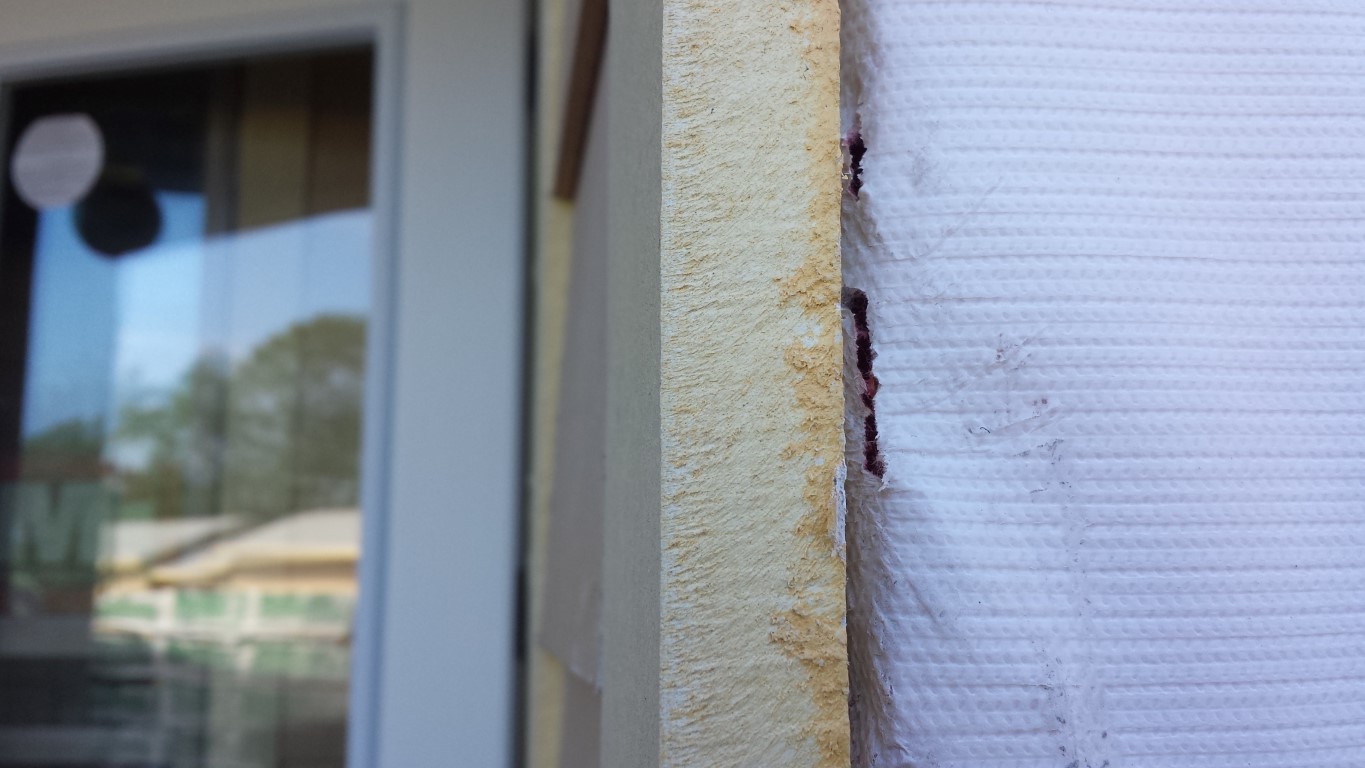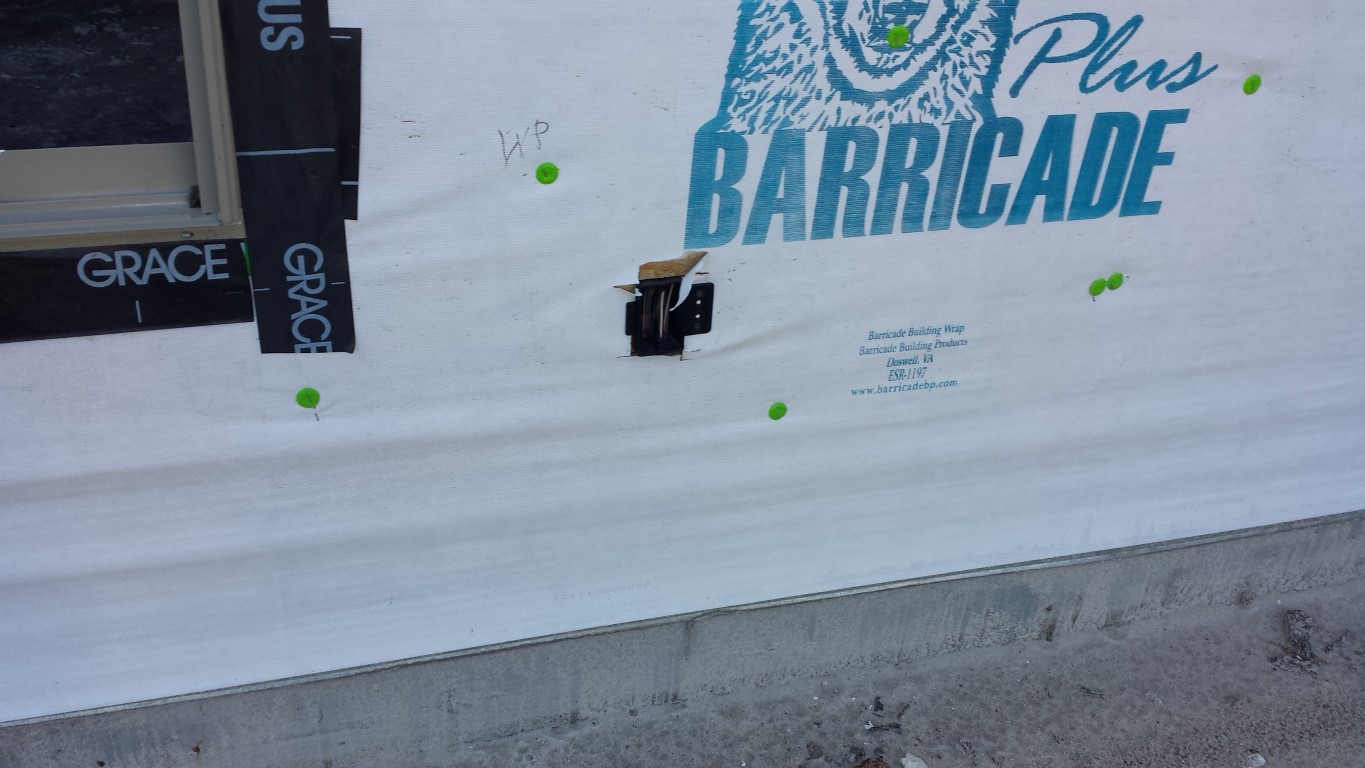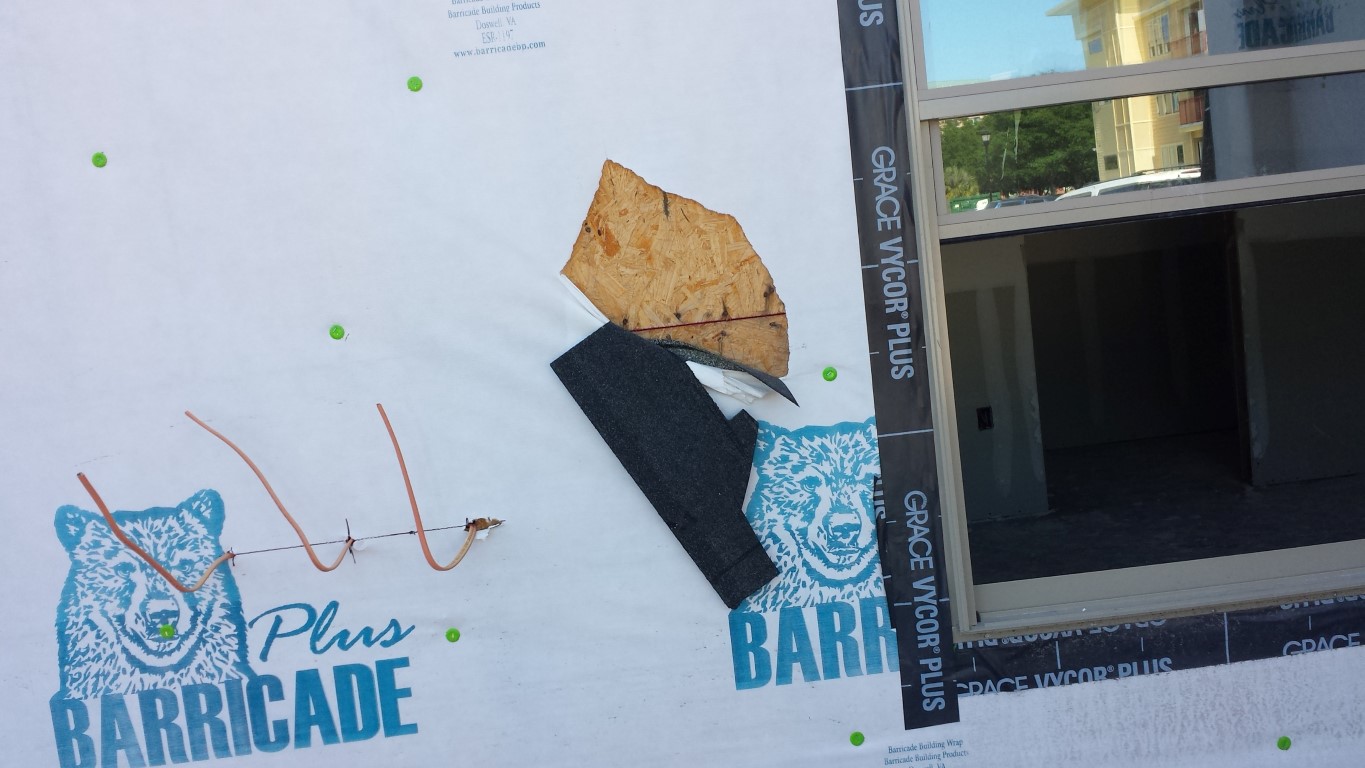Construction Defects
Over our 25 year career, we have consulted for national home builders and multi-family management companies, completing inspection reports on construction flaws. We have repaired damages ranging from a few hundred to tens of thousands of dollars that have occurred directly from minor leaks. It is more often than not that the same problematic issues arise at each job site either at the bordering of each trade or the weakest point of the material used. It only takes a hole or a gap the size of a pin to create catastrophic damage on wood framing, and if given enough time it could eventually cause structural damage and in some cases lead to deeply involved mold remediation projects.
We need to look at the exterior cladding (stucco or cementrous siding) in the same way that we look at wrist watches; it doesn’t need to be waterproof, it just needs to be weather resistant. The way it’s currently designed, it’s nearly impossible to prevent moisture from getting behind it. It needs to breathe. The challenge with the exterior wall is to prevent water penetration to the point of flowing down the substrate. The water will only find problematic areas such as fasteners, tears, holes, etc.. This is where the damage occurs.
There is a common misconception of thinking that simply caulking construction components will take the place of flashing, making it water proof. This is a temporary solution that always fails over time, then the water will penetrate, looking for a flaw in the water resistive barrier. This is extremely popular and I cannot stress enough how often the standard tradesman is inclined to use caulking as permanent solution and declare the job complete, when in fact this is only a temporary means of stopping water penetration.
Architects and engineers are definitely perfecting the exterior wall systems, but taking in human error for accountability, we need to rely on the house wrap only as an insurance policy. A house wrap needs to be a drain plane for incidental water intrusion and water needs to be stopped on the outside of the exterior wall.



